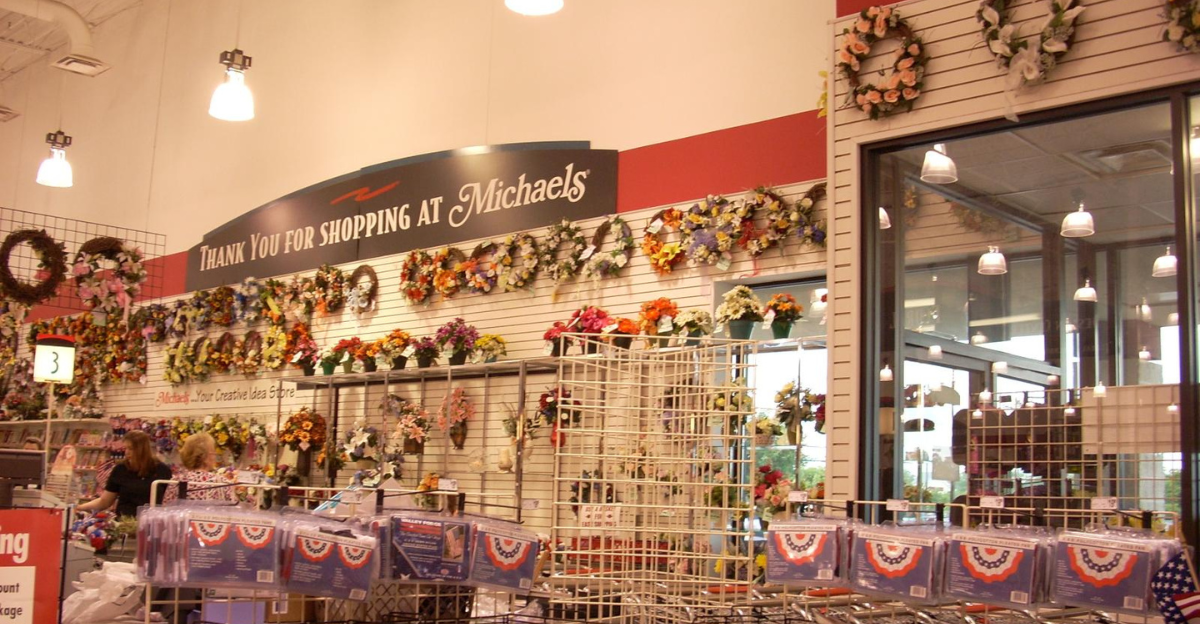
Michaels is doing what many stores cannot, staying strong while competitors fold. The chain’s 1,300 locations across North America have avoided the traps that closed Joann Fabrics and Party City. Rather than retreat, Michaels has moved in to claim the customers and the market share those companies lost. How they did this? Simple. By doubling down on what it already does well i.e., yarn, frames, and DIY essentials. Through this, Michaels proved that steady operations and sharp strategy can still pay off in a messy retail world.
A Brief History of Michaels
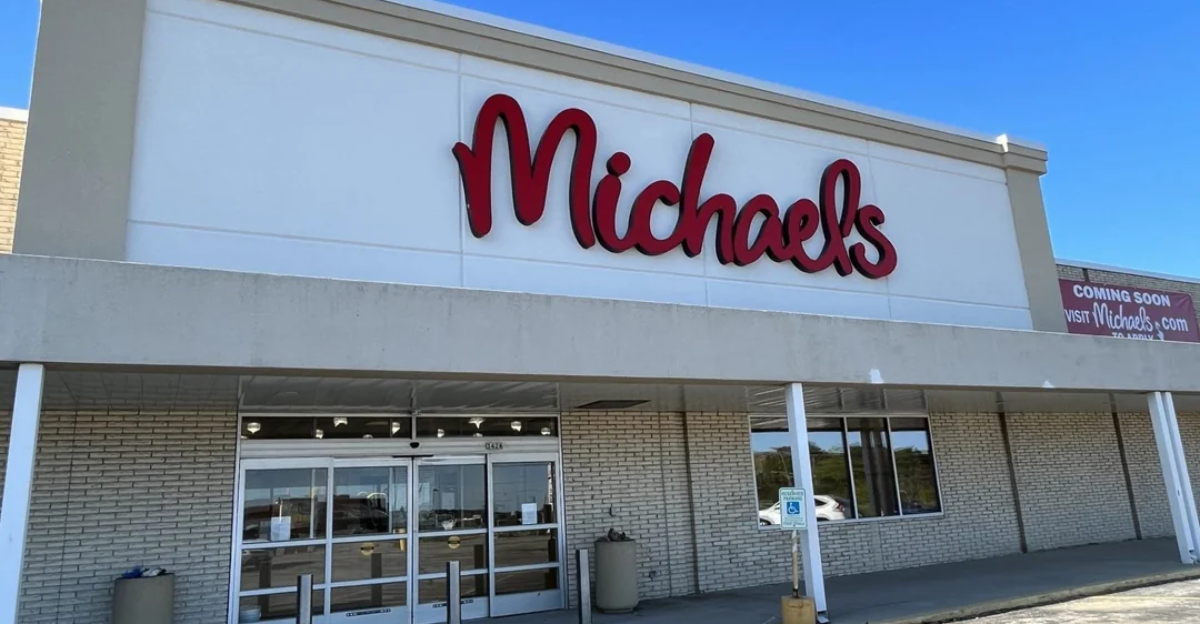
Michaels began in 1973 when Michael Dupey opened a small craft shop in Dallas. That modest store grew into something far bigger than anyone expected. Over the years, Michaels snapped up Helen’s Arts & Crafts, Leewards, and Aaron Brothers, carving out its place as a leader in the craft world. The company spread across North America and became the go-to name for everything from paint to picture frames. Walk into a Michaels today and it feels less like a store and more like a creative playground, where every aisle dares you to start something new.
The Retail Apocalypse and Its Impact on Arts & Crafts Chains
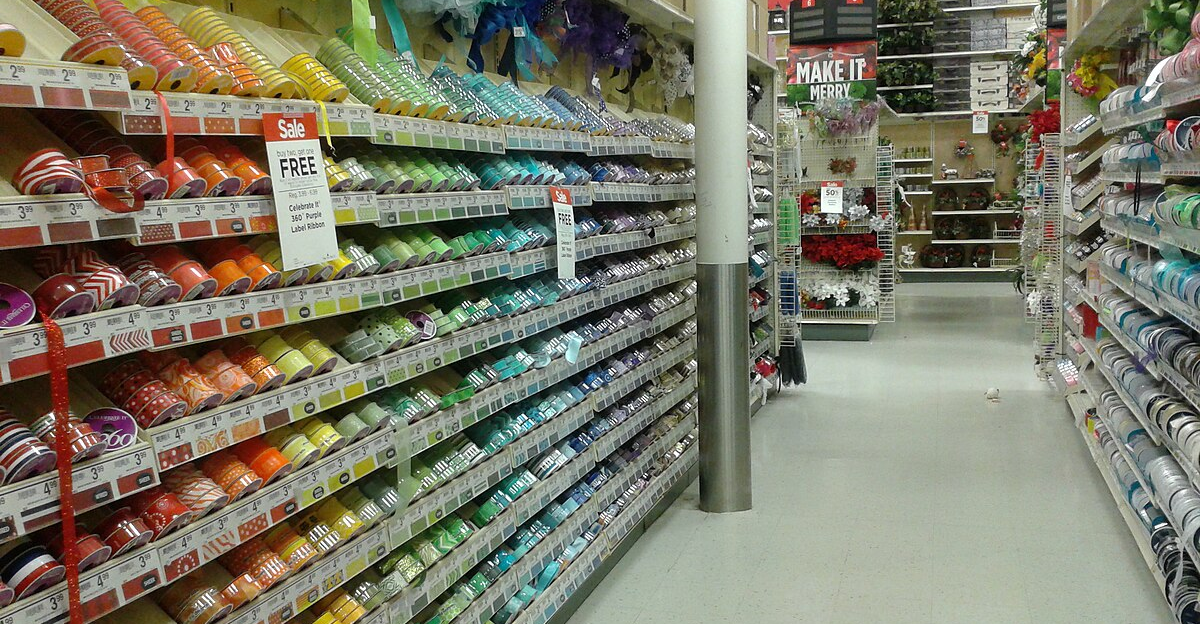
For Michaels, the retail apocalypse is just background noise. Department stores and specialty chains have been dropping like flies, squeezed by Amazon, climbing rents, and shoppers who change their minds as fast as trends do. Arts and crafts retailers didn’t escape the hit either.
Joann Fabrics and Party City felt the squeeze the hardest, both ending up in bankruptcy court as foot traffic dried up. Michaels, however, found ways to stay relevant. Michaels focused on keeping its shelves full and making the in-store experience something special, which is something you just can’t get from shopping online. That hands-on approach helped keep loyal crafters coming back, those who prefer feeling fabrics and comparing paint colors in person rather than guessing through a screen.
Joann Fabrics’ Bankruptcy and How it Benefited Michaels
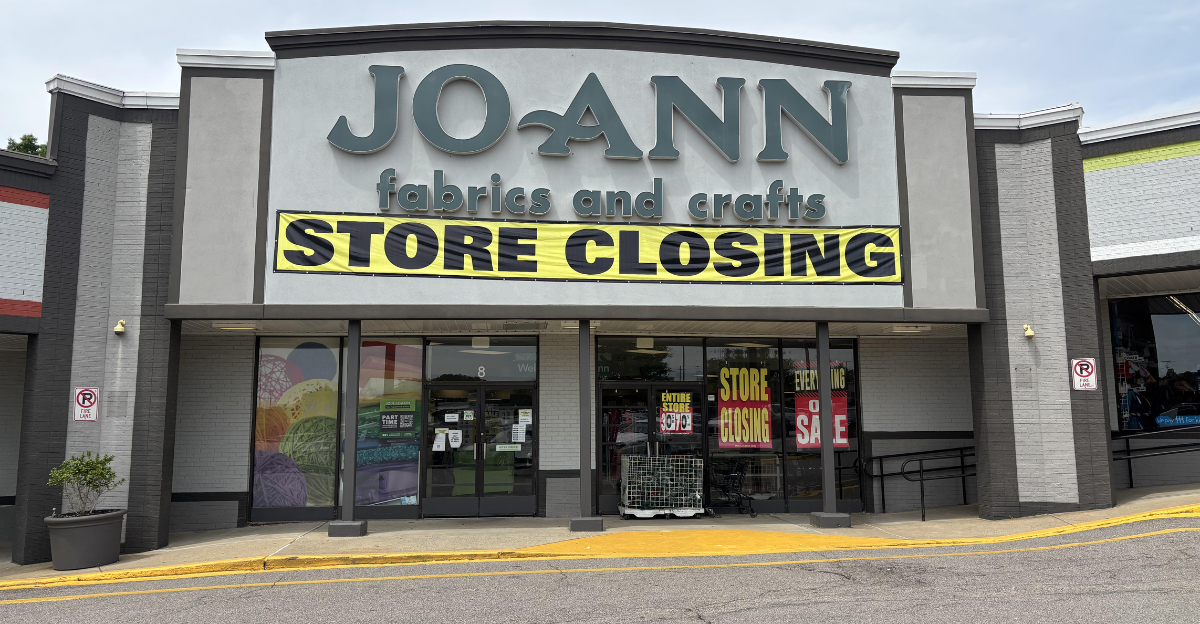
For years, Joann Fabrics stood as one of Michaels’ toughest rivals, until financial troubles and declining sales drove it into bankruptcy twice over 2024 and 2025. By May 2025, every store was liquidated. The collapse was devastating for Joann but opened new ground for Michaels. It wasted no time expanding its fabric aisles, rolling out fresh sewing options, gaining ground, and positioning itself as the natural home for displaced Joann customers. With Joann gone, Michaels has welcomed a steady stream of those shoppers and now stands firmly at the top of a market missing a key player.
Michaels’ Strategic Acquisition of Joann’s Intellectual Property and Brands
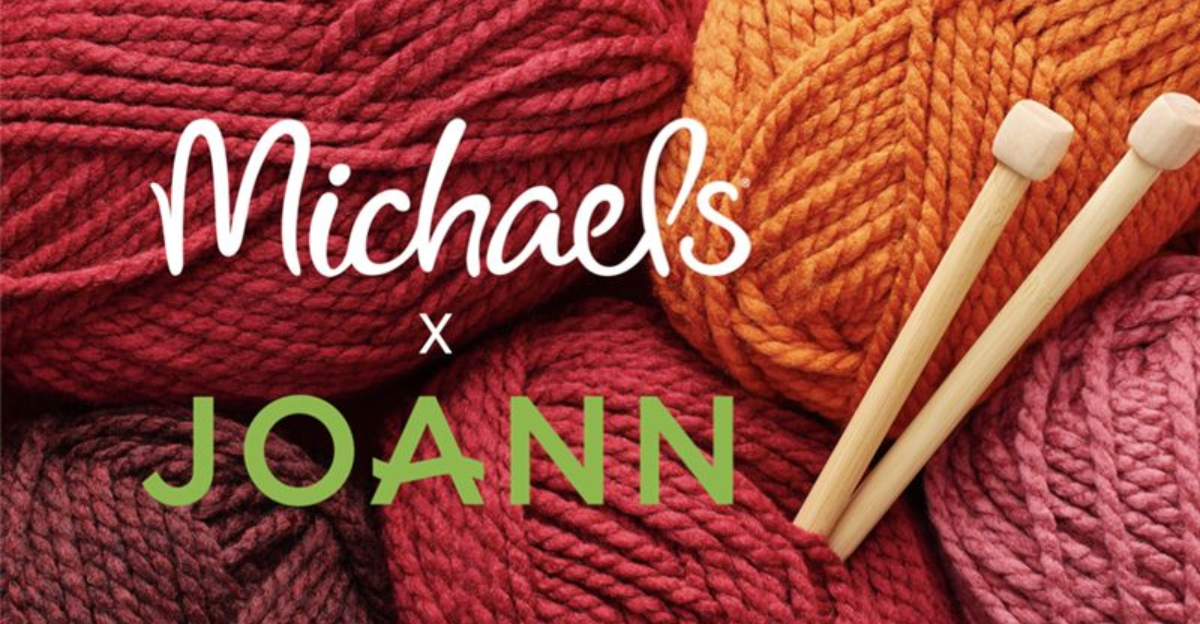
Joann’s bankruptcy turned into an opportunity for Michaels to strengthen its game. In June 2025, it snapped up Joann’s intellectual property and popular brands like Big Twist yarn. Searches for sewing and fabric were already up 70 percent, and Michaels jumped in to fill that demand. Also, by avoiding Joann’s heavy leases, it invested in expanding its fabric aisles and adding hundreds of tools and machines. The result is a Michaels that feels less like a store and more like the creative center Joann left behind.
Previous Competitor Bankruptcies
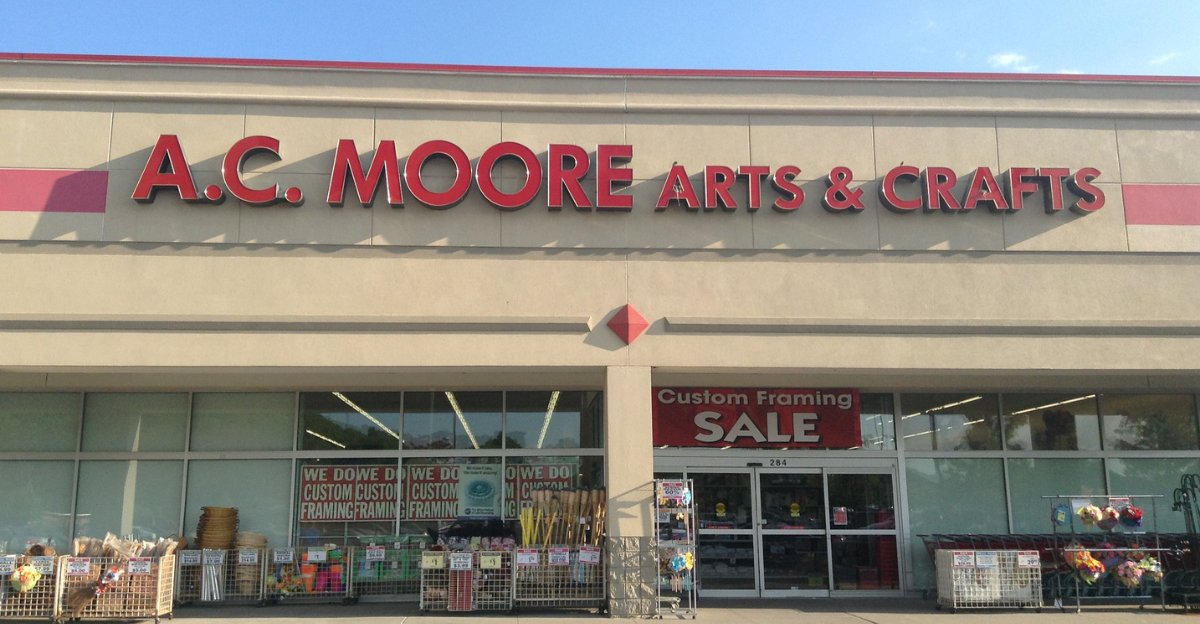
Before Joann fell, two other craft names faded and left doors open for Michaels. AC Moore shut down in 2019 after Nicole Crafts threw in the towel, then Michaels snapped up the brand, parts of the dot com, and a slice of store leases where the math worked. Hancock Fabrics went through its own unraveling in 2016, and Michaels moved in, courting former shoppers and strengthening fabric know-how that would matter later.
The growth was steady, with gaps being filled one step at a time. Each new addition made the store feel steadier, more complete. Customers noticed, and soon they were back, finding a place that felt like home for their weekend craft runs.
How Reduced Competition Helps Michaels Avoid Store Closures
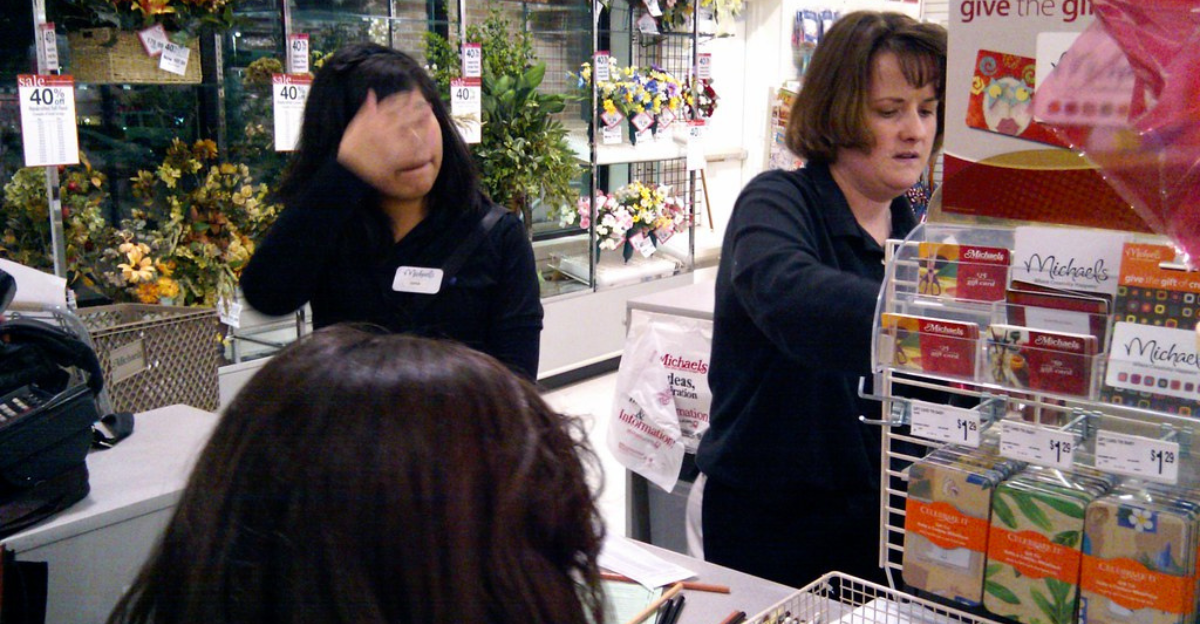
When rivals fold, the traffic does not disappear; it simply reroutes. The shutdowns at Joann, Party City, and smaller regionals pushed frustrated crafters toward the one chain still reliably lit on a Tuesday night. More trips mean better sales turns, which helps rent math pencil out in tougher centers. With scale, Michaels can push for sharper vendor terms and longer lease flexibility that independents rarely get. That cushion lets underperforming stores breathe instead of vanish. Survival here is less about genius strategy and more about being the last wide aisle standing and making use of the tailwind.
Michaels’ Operational and Leadership Moves Supporting Stability in 2025
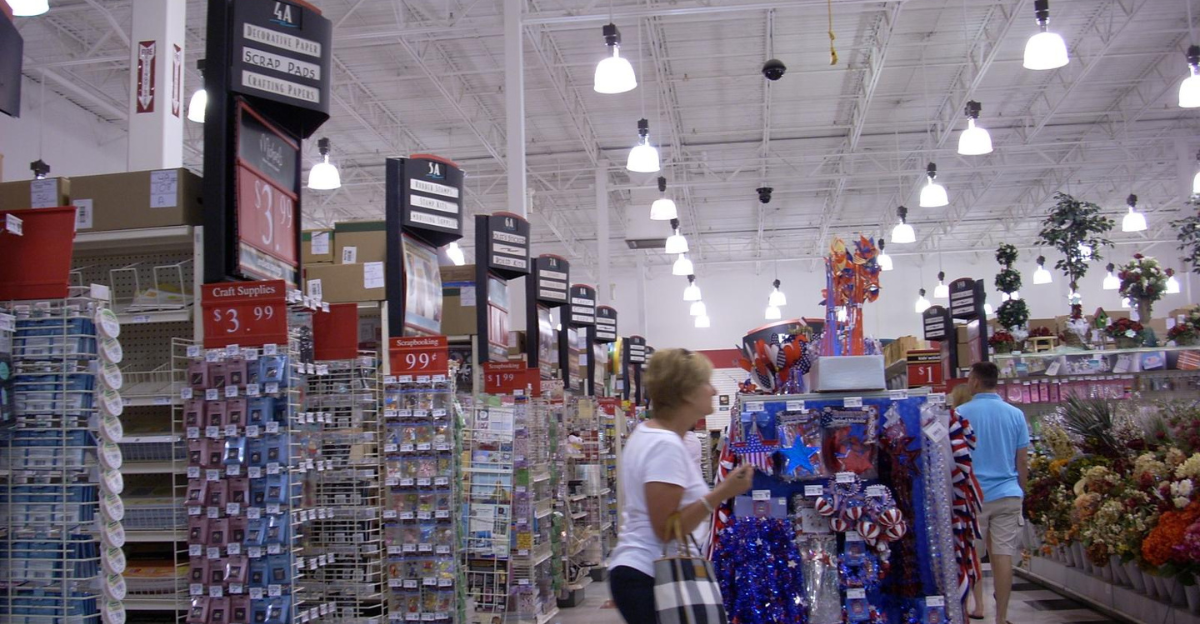
Leadership turnover can rattle a retailer. This one landed steady. David Boone took the chief seat in February 2025 and immediately pushed for cleaner assortments, faster resets, and fewer stock outs in fabric and sewing where demand spiked after Joann. Stores got deeper value tags on staples while digital teams tuned search so shoppers actually find batting or Size 8 needles without scrolling forever. Pickup and ship from store service times tightened. None of this is flashy, yet together it kept traffic sticky and margins livable as others tripped over inventory messes.
Michaels’ Opportunities to Expand Physical and Digital Presence

Now comes the careful part. With whole zip codes missing fabric stores, Michaels is testing deeper fabric pads, roaming instructors, and weekend make tables that actually let people cut, sew, fail, try again. MakerPlace, the online marketplace, keeps pulling in independent sellers who bring weird and wonderful items the big assortment never carried. Think local resin molds, hand dyed thread runs, niche cake toppers. Small test stores in secondary centers let the brand scout demand without betting the farm. If even half of these pilots stick, Michaels extends reach without repeating the overbuild mistakes others made.
Conclusion
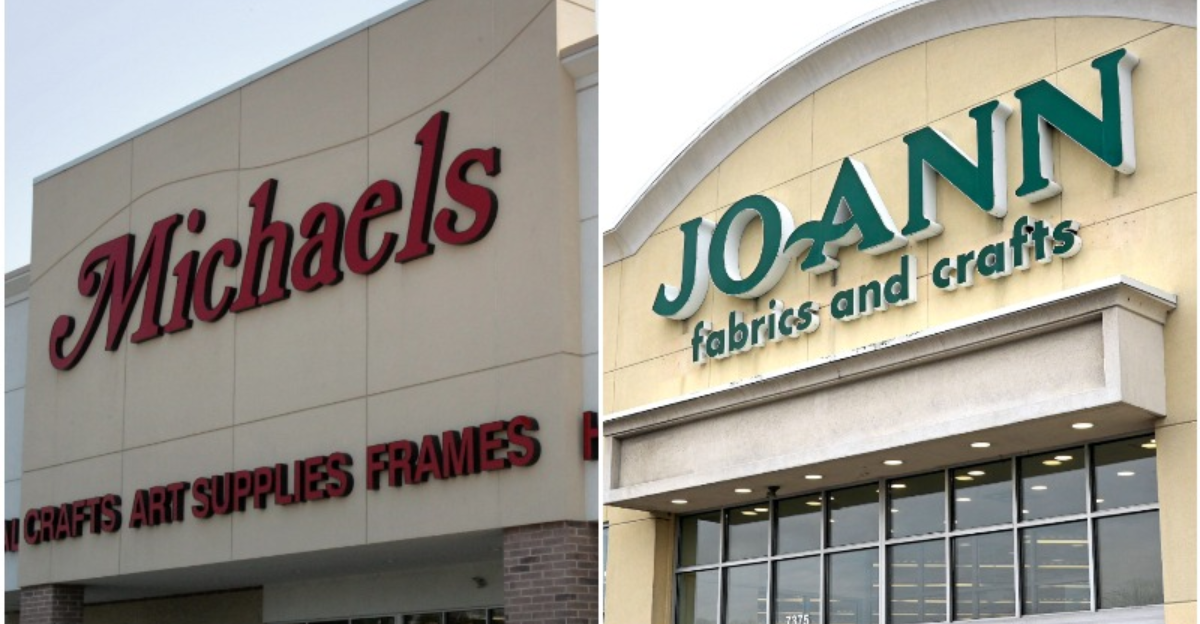
Strip away the chaos and the story is simple. Competitors collapsed, Michaels kept showing up, then quietly grabbed the tools they left behind. Joann vanished and Michaels widened fabric. Party City struggled and balloon aisles grew like crazy. Leadership tightened execution, digital got usable, and shoppers followed the path of least resistance. There is no victory lap yet; retail turns fast. Still, in a year packed with bankrupt banners and dark storefronts, the orange script sign keeps glowing and carts keep rolling out with glue sticks, yarn, frames, balloon kits, and whatever next project people dream up.
